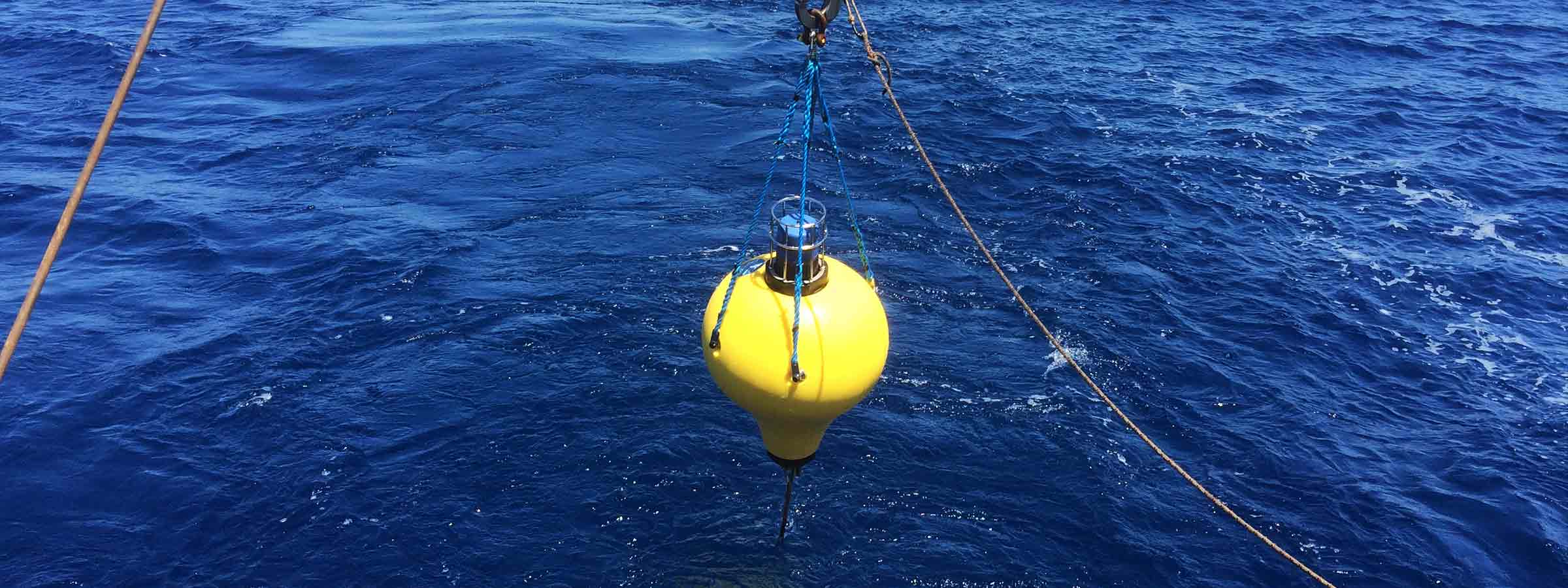The world’s population continues to grow. We’re consuming more, using more energy, depleting more of the planet’s resources. Balancing these needs is a massive challenge. It means changing how we live and work.
At Sonardyne, we’re dedicated to supporting you, our customers, across the energy spectrum in addressing this challenge; from how we operate as a business to the solutions we provide, says Edd Moller, our new Head of Energy.
A lot has changed over the past few years, not least during the last 15 months. Restrictions imposed by the Coronavirus pandemic have meant many plans to adopt remote operations, digital twins and advanced analytics, have been accelerated. The spotlight on climate change is also making us all look a lot more closely at the energy system we inhabit and how we can operate within it more sustainably.
Efforts to reduce emissions have been redoubled, reinforcing and accelerating ever-higher targets – and even changing entire business models. We’re all now on the energy transition pathway, one way or another.
Here at Sonardyne, we started on both pathways a number of years ago – both in how we run our business, investing in low energy systems at our headquarters, for example, and in the products and services we provide.

We’re building on a deep heritage across the marine industry. Over the past five decades we’ve been supporting underwater operations, we’ve constantly been seeking ways to allow you to do things more efficiently; whether that’s increasing the capabilities of our individual instruments, which we’ve been doing since we launched the company in 1971, or allowing you to remotely operate our systems, via crewed or uncrewed surface and underwater vehicles – bringing to life the new era of remote operations centres.
Today, balancing the world’s energy needs with our impact on our climate, means we have a challenge on all fronts. In the offshore oil and gas industry, which has been the driving force for most of our past technology development, we need to support the decarbonisation effort. We will still need oil and gas for some years to come, as an energy source and for day-to-day products, but it needs to be produced and used in the lowest emission way possible. That means doing more remotely, to reduce the carbon footprint of operations, but also taking CO₂ out of the system by de-risking carbon capture and storage (CCS) projects. We’re already supporting these efforts and I’ll continue to coordinate and prioritise these efforts.
Supporting a rapid acceleration in offshore renewable energy
But by far the largest challenge is to support the rapid acceleration of offshore renewable energy (ORE) development and we’re playing our part here too. Our technology is already supporting further growth in the offshore renewable energy industry.
Whether that’s providing accurate subsea tracking of seabed mapping sensors to ensure a fixed wind farm is installed on stable footings or monitoring floating platform mooring lines to maximise their working life, or enabling navigation and acoustic communications for controlling fleets of uncrewed underwater and surface inspection and maintenance vehicles, our technologies are enabling smarter offshore renewable energy operations.

But there’s still work to be done. With countries globally setting tens of gigawatt targets for offshore wind roll out, and many now focusing on the scaling up and cost reduction of floating offshore wind, there’s a big challenge and a big opportunity.
We’re ready for it and we’re ready to support you and our wider customer base across the whole energy spectrum. Not only that, it’s our 50th year as a company and we’re looking to the future, which includes setting our own target for carbon neutrality by 2025, laying the foundations for another successful 50 years.
I hope you’ll agree, it’s a very exciting time to be working in the energy industry!
